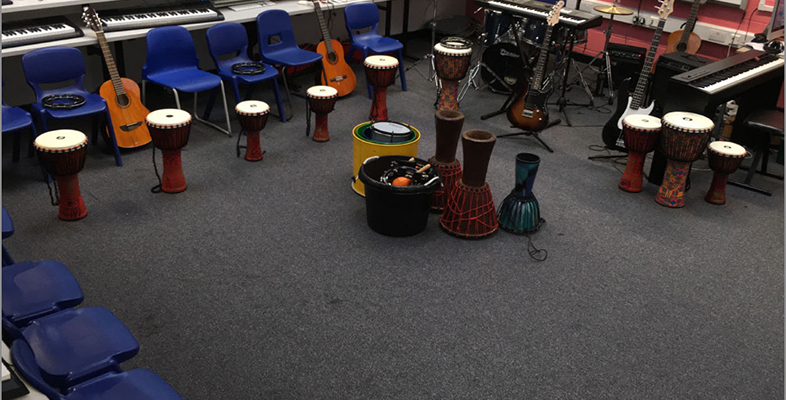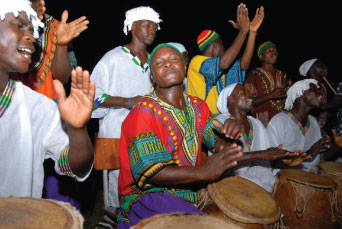Characteristic 5: Experience different musical practices
This characteristic is most often realised through engaging with music from a range of traditions and cultures. The danger though is that it can become what Fautley (in Fautley and Savage, 2008) refers to as a Cook’s tour of musical traditions resulting in superficial engagement with these musics – simply brushing against the musical artefacts of a culture.
What different musical traditions and cultures do offer to music teachers and young people is an understanding of music as a social phenomenon whose meaning is rooted in the purposes to which it is put and its value evaluated in terms of the extent to which it meets these purposes. Music from different traditions and cultures also offers alternative pedagogies for musical learning that can be drawn on in the classroom.
Activity 15
Part 1
Choose music from two traditions or cultures and for each identify:
- their musical characteristics
- the role that music plays in that society/social group
- the pedagogies (ways of learning and teaching) that each exemplifies.
Return to your lesson plan and identify opportunities for young people to explore different musical practices and to use them in their music-making. Amend your lesson plan accordingly.
Complete your lesson plan in full.
Part 2
Find an opportunity to teach this lesson and then evaluate it. Ask yourself some of the following questions as part of your evaluation:
- What musical understanding did the young people develop during the course of the lesson that they did not have at the beginning?
- Did the young people learn all that you planned that they should? If not, what were the reasons for this?
- Did your students learn things that you did not plan that they should learn? If so, how did this come about?
- How musical do you feel the experience was for your students?
- What changes might you make if you were to teach this lesson again?

